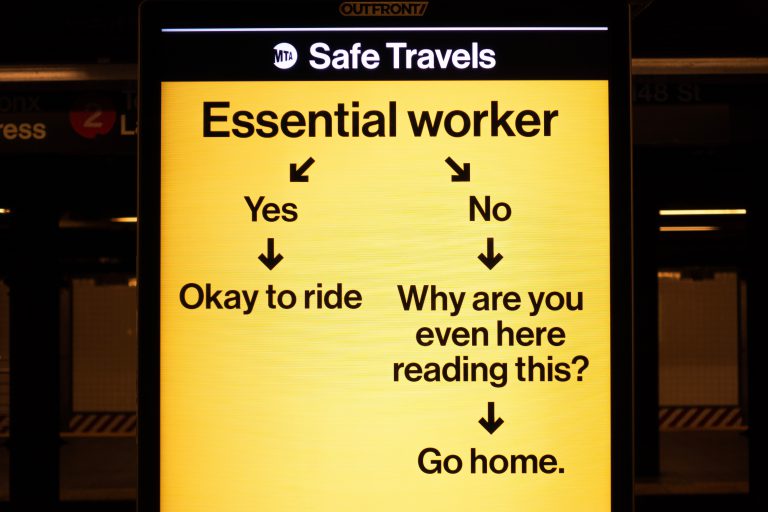The Centers for Disease Control and Prevention (CDC) confirmed on Wednesday, February 26, the first case of community-based infection of the COVID-19 virus in California. In contrast to previous cases in the United States where the patient was exposed to infected individuals, this patient had neither relevant travel history nor contact with other patients. This may be the first case of community spread in the U.S., with a patient whose infection is of unknown origin.
Know that the CDC has tested a total of 445 suspected cases. Presently, there are 59 confirmed COVID-19 cases in the country. 45 of these are among repatriated U.S. citizens, and 12 are individuals who had recently traveled to China. Two cases are person-to-person contact with another infected patient.
Federal response
While the spread of the virus is relatively low in the U.S. at the moment, the CDC has noted that this is a rapidly evolving situation, and it is focusing on containing the spread of the virus and stemming its impact.
Travel guidelines have been issued in relation to the spread of the disease as well. The center advises U.S. citizens to avoid nonessential travel to China and South Korea. Upon return from these countries, travelers are to undergo a 14-day quarantine and will be required to participate in monitoring by health officials.
Aside from this, travelers are to practice enhanced precautions in Japan, Iran, and Italy. Individuals planning to go to Hong Kong are also advised to practice the usual precautions. The CDC also advises all travelers to reconsider cruise ship voyages to or in Asia at the moment.
Community-based response
In a press briefing, Dr. Nancy Messonier, the director of the National Center for Immunization and Respiratory Diseases, said that it is important for individuals to protect themselves. Everybody must perform “everyday preventive measures” to help contain the spread of the virus. She stressed basic practices, such as covering one’s mouth when sneezing and washing hands before touching the mouth or eyes.
Voluntary home quarantines for recent travelers to other countries not mentioned previously are also encouraged. Requesting for a remote working arrangement with your employer, when possible, is an option as well, according to Dr. Messonier.
Aside from these measures, Dr. Messonier also had suggestions for possible institutional interventions to help curb COVID-19’s spread. “Businesses can replace in-person meetings with video or telephone conferences and increase teleworking options,” she said. “On a larger scale, communities in cities may need to modify, postpone, or cancel [religious] gatherings.”
According to Dr. Messonier, schools can divide students into smaller groups or even consider flipped classrooms or Internet-based schooling. The last two are especially needed in case of a severe pandemic.
She also spoke about increased sanitation and preventive measures in medical facilities. “For healthcare settings, this might include triaging patients differently, looking at how to increase telehealth services, and delaying elective surgery,” she said.
Aside from taking care of oneself at home, she also stressed the importance of consistently cleaning surfaces and objects at school, work, and in areas used in large gatherings.
Final words
While the virus is highly infectious and dangerous, simple, preventive, and non-medical measures may be practiced by everybody. Flu prevention methods, such as getting an annual flu shot, washing hands frequently, and covering one’s mouth when coughing or sneezing, will help slow down the spread of COVID-19.
Subscribe for more updates in medicine and health sciences.
















